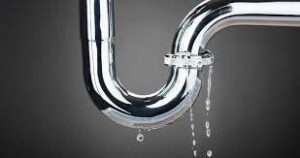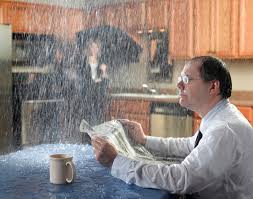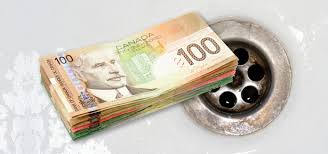 November 2020
November 2020
Plumbing is a necessity of condo living we take for granted. Water travels from Lake Ontario through pipes to your building. Clean water is delivered while dirty water is returned and cleaned. Within your high-rise home is a system of pipes transporting water up to your home then down through drains to city pipes.
From time to time there are problems. Water leaks are common in a building housing hundreds of people. Those unprepared for infrequent but inevitable water leaks risk damage to their home; and possibly causing damage to other suites and common areas. It doesn’t take long for water leaks to proliferate and cause huge amounts of damage. Insurance companies report that water leaks are now the number one cause of damage in high-rise communities.
Some water leaks are easier to spot than others. Recognizing and addressing signs of water damage is crucial to preventing a minor problem from spiralling out of control. The sooner water leaks are noticed and dealt with the better things turn out for everyone.
Regularly check faucets and areas near water sources for problems. Look for leaking faucets, and water or damp spots on the floor below pipes or on a ceiling. Signs of water damage can include discoloration of wallpaper or tile, mildew or odours. None of this is normal and should be dealt with or reported.
Triple+ offers a range of solutions for preventing property damage. Thomas Christiansen explains that “the first step in reducing property damage is early detection which is why we offer a range of products for water detection in units and common areas. Our products are designed to offer early detection and notification of where moisture is appearing which allows for fast remediation and reduced likelihood of damage. This helps keep repair and insurance costs to a minimum.”
Those residing on the top floor of a building are most likely to experience ceiling or wall water damage from a roof – most common in the spring or after a thaw. A water leak above your toilet most likely comes from a toilet located directly above. Water leaks behind a wall in your suite are likely to be noticed by a lower level neighbour. The leak can come from pipes in your suite or those that are part of common areas of the building. These leaks can exist for months before being noticed. Look for signs of ceiling discoloration, bubbling in drywall, mould or mildew lower down on the wall.
The lower in a building you reside the greater the likelihood of water problems. Leaking water from higher up can make its way to the ground through your suite while following a path difficult to identify. Ground level units are more likely to experience floor or wall damage from water pooling on the ground particularly when downspouts fail to direct water away from the building. After severe weather and winter thaws check pipes and faucets for leaks.
Water travels through copper pipes in houses and buildings. Over time these pipes will deteriorate. High-rise buildings are more susceptible to pinhole leaks than single storey buildings because of the high pressure required for water to reach all floors of a building. Rushing water can and does erode the inner walls of copper pipes. This deterioration starts on the inside of a pipe and works its way to the outside making advance detection of problems nearly impossible. Pipes are at risk of pinhole leaks as early as five years from installation. Eventually a portion of pipe becomes so thin that a small stream of water is released – a pinhole leak. A single pinhole leak is rare. More likely is that many more pinhole leaks exist and have gone unnoticed, and that more pinhole leaks may soon arise.
The traditional solution is to replace small sections of water pipe as pinhole leaks are identified. This approach will not help to identify where the next pinhole leaks are likely to occur. Proactively replacing pipes is expensive – between $5,000 and $15,000 per high-rise condo suite inclusive of breaking holes in walls and ceilings to access pipes. A more proactive approach is to apply an epoxy coating to the inside of water pipes. This coating will adhere to the inside of the piping, seal existing pinhole leaks and help prevent future pinhole leaks. Epoxy coating can save up to 30% of the cost of pipe replacement and can be installed much faster.







